A bright mix of German, French and Swiss cultures,
the troubled past of Alsace History, located on the banks of the Upper Rhine and neighboring Germany and Switzerland, has been heavily influenced by historical decisions, invasions, wars, and strategic politics. But despite its sometimes painful past, one need only travel the highways and bi-ways of this somewhat undiscovered part of France to discover her charms. Take in those valleys and medieval towns. Those steep, sloping vineyards around Thann-Guebwiller. Take in Cernay and The Grand Ried. Make a tour of the capital of Strasbourg, the quaint medieval town of Colmar; the Château du Haut-Koenigsbourg; Northern Vosges National Park or view the unique industrial and textile history of Mulhouse. Take in the history, culture, food and divine wine. Take in Alsace.
Take in the Wine Route
Take along this handy guide for all things Alsatian Wine:
we used it every day!
The Alsace Route du Vin runs north for 180km from the Vosges mountains near Mulhouse, through postcard-pretty timber-framed villages. Alsatian wines often use German white grapes like Gewürtztraminer or Riesling, Sylvaner, Pinot Blanc, Noir or Gris, and can be sampled in traditional taverns called winstubs with hearty Alsatian cuisine. Stop in the very petite village of Bergholz near Guebwiller for a tour and tasting at the famous Domaine Dirler-Cadé estate. Tour the facilities with Le Master Jean and his engaging wife Ludivine and their charming four-year-old daughter Mathilde. Ludivine may be convinced to take you into their vast vineyards, where she will casually name all 7 varieties of grapes including Riesling, Gewürtztraminer, Pinot Gris, Pinot Noir, Pinot Blanc, Muscat, Sylvaner from which the family runs 18 hectares (43.2 acres) of vines. And not to forget the Crémant d’Alsace, the region’s sparkling wine, made of the varieties Pinot Gris, Pinot Noir and Auxerrois! 42% of which are classified Saering, Spiegel, Kessler or Kitterlé Grand Cru. So much we did not know about Alsation wine! If you take the Alsace Wine Route be sure to include a stop at the Museum of Vineyards and Alsatian Wines where you will learn the secrets and flavors of those famous Alsatian grapes. You may need to take a wine course after your tour!
Take in a meal
The winstubs (Alsatian restaurants) offer traditional menus with dishes like the kouglof, the baeckeofe, flammekueche (tarte flambée), and dishes made with the (in)famous Munster cheese. Try Gambrinus, a rowdy, raucous bit of an Alsatian roadhouse where the beer drinkers and smokers spill out onto the cobbled streets of Mulhouse until the wee hours. This is perhaps the busiest bar in Mulhouse, combining quick food, tasty beer and a DJ spinning a mix of house and modern music. We quickly settle into our shared communal table and order a beer tasting: Alsatian, Belgian, German Local (as in from Gambrinus) and, of course, our Flammenkeuche. Think flatbread pizza, cream, cheese and in my case, ham and potatoes and more cheese. We finish with non-traditional sweet flammenkeuche: bananas, chocolate, cream: no cheese this time. At the terribly touristy Zum Saüwadala in Mulhouse, we had hoped to sample some traditional charcute at this very popular and very busy Alsatian food-focused restaurant but alas, that was not to be. The food was below average and the service extremely lacking. Our research tells me that Zum Saüwadala changed ownership in 2013; obviously not for the better.
Take in a Michelin Rated Meal
Head to Illhaeusern just north of Colmar and the 3-starred Auberge de l’Ill where you will find 4th Generation Head Chef Marc Haeberlin, who “continues to immortalize the hundred-year-old know-how. With the Haeberlins cooking is like breathing.” And Chef’s wife Isabelle Haeberlin, who as President and Founder of Atelier Épices can be found almost all day, every day giving back to the community at Épices where parents, children, lawyers, artists AND above mentioned Michelin-starred Chefs come together to promote training, social skills and community in their cooking classrooms.
Take in a drive:
And discover the history of the automobile from 1878 to present and the largest collection of cars (of all types) just minutes from the Place de la Réunion in Mulhouse. Displaying over 400 ‘dream cars’ and housed in a former textile mill, the Cité de l’Automobile is one of the largest collections in France and indeed the world. The museum is organized into three main areas: the “Pioneers” covering the period from 1878 to 1918 and featuring Panhard, Peugeot, De Dion and Benz models. Panhard primarily designed the essentials of the modern automobile as we know it: an engine, clutch, gearbox and rear-wheel transmission. The “Classics” 1918-1938 and symbolized by the merging of two important carmakers: Mercedes and Benz and marking the beginning of the “supercar” era, when automobiles took on incredible power and size. And the “Moderns”: 1945 to present day, marked by the appearance of light, inexpensive cars. Make sure you race by the motor racing exhibit catching the starting line-up of the famous Panhard-Levassor two-seater from 1908, the Bugatti Type 32 from 1923, the 1957 Maserati 250F, and Lotus 33 from 1963. Gentlemen, start your engines!
Take in a day with the kids:
Spend the morning at the Écomuseé d’Alsace and enjoy this French/Alsatian version of our own Upper Canada Village. Organized like a real village from the early 19th and 20th centuries with streets, gardens, a river and all its representative, historic buildings, the Écomuseé offers traditional homes, farms, schools, a chapel, train station, mills, and craftsmen’s workshops, every brick, beam and joint re-assembled for you and the kids to explore. Sip some Alsatian schnapps, enjoy a punt on the river or a shave and a haircut from the period barber shop. Lots of interactive features will keep the kids historically interested as well.
Take in a Balloon Ride
After the Écomuseé, continue up the road to Le Parc du Petit Prince. Developed by Aérophile, a French SME manufacturer of tethered balloons, which is the only approved aircraft for leisure and amusement parks, it is the first aerial amusement park in the world. This romantic, fun and educational park is uniquely French: a ‘soft’ (no gut-wrenching roller coasters or fear inducing drop-rides) amusement park geared to children (of all ages) but predominately 5-10-year-olds and themed after the famous de Saint-Exupéry character. The Park highlights two universes and three dimensions with more than thirty attractions ranging from sheep petting and train rides to a 3D Astral presentation and trampoline hall with the highlight being two tethered balloons that visitors can travel to the other planets of the Little Prince that float you some 35 meters off the ground with beautiful views of the surrounding Alsatian countryside.
Take in the Market
What better way to start a sunny, crisp Saturday morning in Mulhouse than with a little shopping? And shopping it is at the Marché du Canal Couvert de Mulhouse the largest public market in North East France. Clothing, meat, printed textiles, fresh vegetables, and cheese, meat and spices will feed your greedy shopping eyes as you wander the Marché’s bustling stalls. Stop and sample some excellent Italian cheeses, and Salami, Soppressata, Prosciutto at the Maison Fabro. Pierre ‘Made in Italy’ Fabro and his lovely wife Anne-Marie are your congenial hosts. Continue down the bustling aisle rows and be welcomed by the Famille Quesnot at La Fromagerie St. Nicolas. Glasses of Pinot and a selection of beautiful French cheeses and bread may just be offered in their quaint, eight seater restaurant and cheese shop. Typical French Hospitality! Inspire your palate by the beautiful Italian, Swiss, German and local French artisanal cheese, wines, and bread, the beautiful Morrocan honey cakes, briouts, and baklawa. And finally the wonderful spices, choice game, Hallal and other meat. The outside green market boasts produce tagged from around the world: Turkey, Spain, Morrocco, Germany, Switzerland and of course proud Alsace.
With its unique blend of French, German and Swiss influences, Alsace offers so much to the hungry and thirsty traveler. Take in Alsace; truly at the crossroads of Europe.
Our trip to #FestiveFrance was made possible by the generous support of the France Tourism Office, Air France, and Tourisme Mulhouse. Also thanks to Rail Europe for providing swift, comfortable and worry-free travel between Paris, Alsace and back again. While in Mulhouse, we stayed at the Hotel Bristol, conveniently located close to Place de la Reunion and the Tram. Thanks as well to My WebSpot, who provided a great portable WiFi service that allowed followsummer to connect our Periscope, Instagram, Facebook, and Twitter content with you on a minute by minute basis!
#TravelWell!
Please note: This post contains product links from Amazon which are affiliate links, meaning if you click over and purchase something, we will receive a very small percentage of the purchase price (at no extra cost to you) which goes towards maintaining followsummer. Thank you in advance!












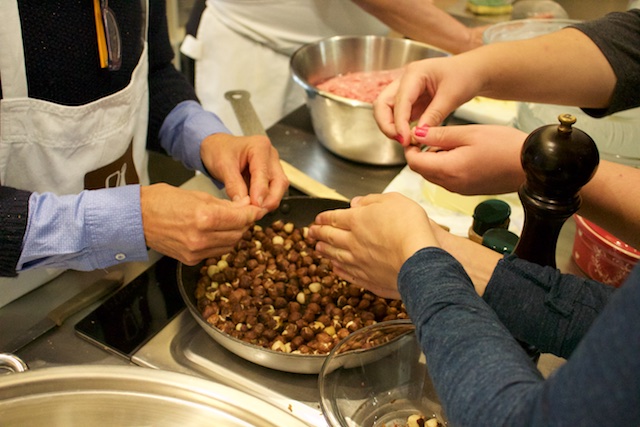



















































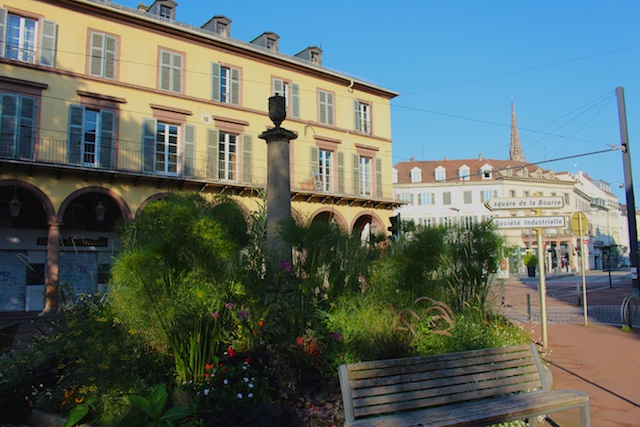
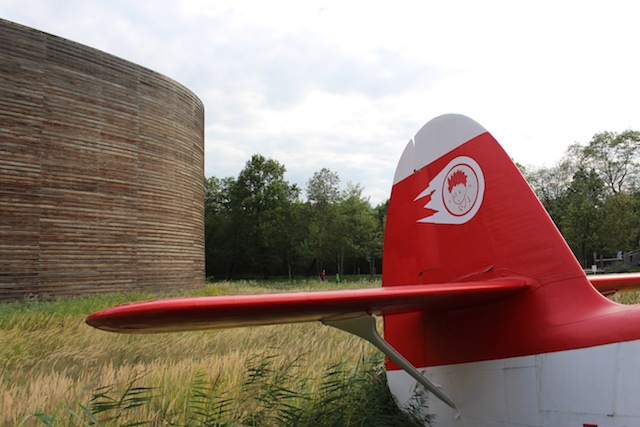





















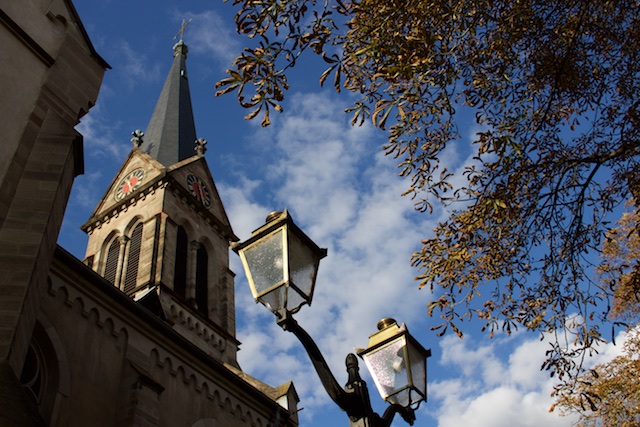










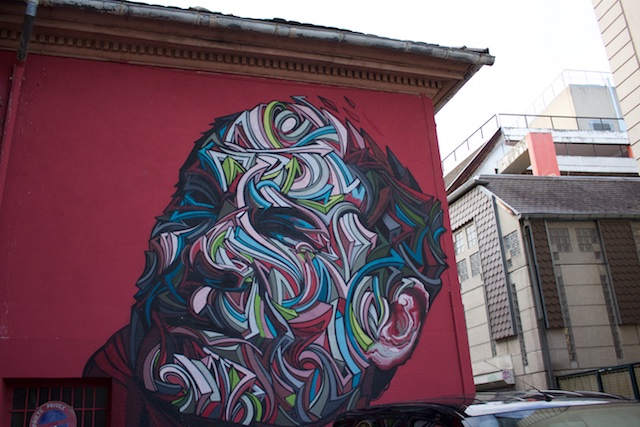










Comments